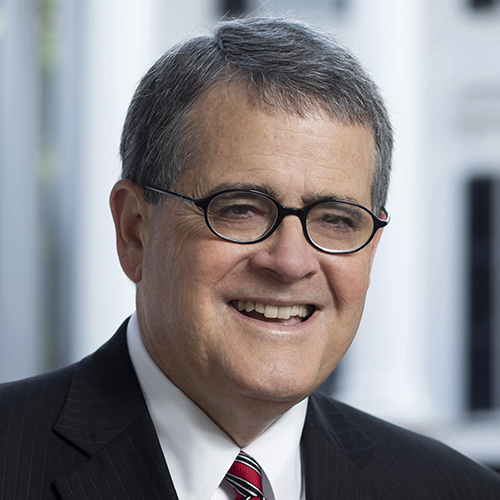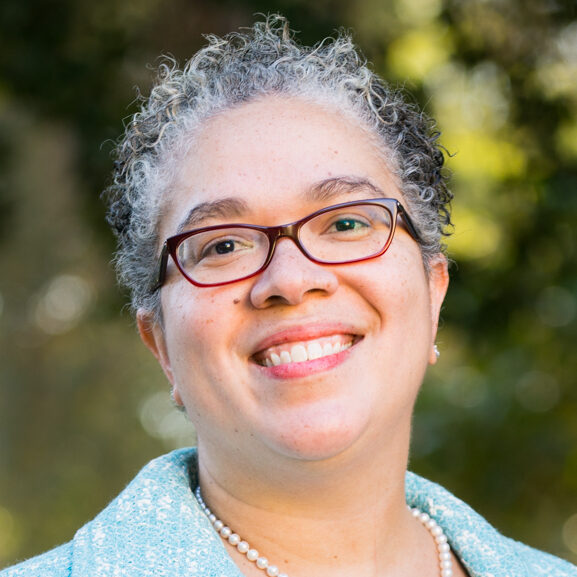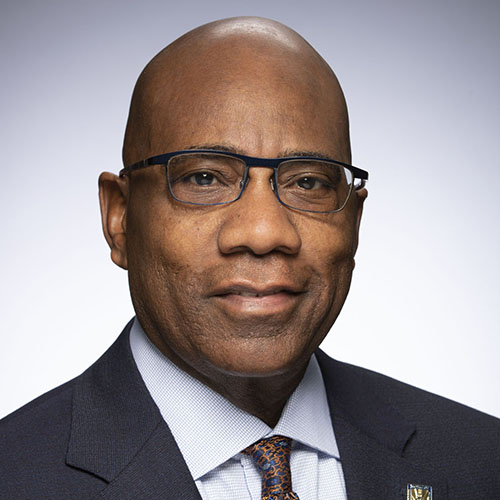Jennifer Mnookin
University of Wisconsin - Madison
A Council on Competitiveness Initiative to Address Higher Education’s Role in the Emerging Innovation Landscape
Since the Council’s founding in 1986, college and university leaders have played a central role in developing and championing critical federal and state policies to drive regional and national economic development, basic research, technology commercialization and job creation. From the Council’s groundbreaking Clusters of Innovation work in the late 1990s to the focus on national innovation capacity and the passage of the America COMPETES Act in the early 2000s, through to current leadership on energy, manufacturing, enterprise resilience and technology policy—the Council’s college and university leaders have helped set the agenda for U.S. competitiveness in Washington and across the country.
When Council founder, John Young, then CEO of Hewlett-Packard, founded the organization, he brought together CEOs, labor leaders and the heads of many of America’s top academic institutions recognizing the myriad of interconnections between these key decisionmakers and the impact they have on U.S. economic competitiveness and innovation. Over the years, a diverse set of leaders from the higher education community have played key roles in setting the Council’s innovation agenda. The president of MIT hosted the Council’s first innovation summit in 1998. The president of Georgia Tech co-chaired the groundbreaking National Innovation Initiative. The Council’s regional innovation work that led to major federal programs in economic and workforce development was spearheaded by the president of the University of Akron. And, in 2018 the Council’s university co-chair and president of Arizona State University, Michael Crow, will co-chair and launch the National Commission on Innovation and Competitiveness Frontiers. Through the University Leadership Forum, the Council is ensuring colleges and universities will continue to play a vital and necessary role in ensuring U.S. long term competitiveness.
Inspiration and Vision
Colleges and universities are critical components of the U.S. innovation ecosystem and are being called upon to play ever-evolving roles in research, economic development, skills training and life-long learning. They are essential for building talent; achieving scientific breakthroughs; creating new technologies, products, companies and organizations; and contributing the local economy. Yet, budgetary constraints and the rapid pace of change across the economy mean these expectations are under constant pressure.
Transformations underway in the U.S., including the ongoing digitization of the manufacturing process and the way people work, shop, and play; the impact of emerging technologies on societal norms and ethics; and diverse, ever-changing expectations for the workforce of the future, are forcing colleges and universities to reevaluate their roles in this ecosystem. However, these challenges provide exciting opportunities for innovation and business, research entities, government and labor stand ready to work with higher education to explore and implement new models for success.
Understanding, anticipating and promoting change in the current models for higher education is imperative for competitiveness in the 21st Century. The University Leadership Forum will enable leaders from America’s top academic institutions to work in concert with each other and as part of the broader Council membership, including CEOs, labor union leaders and the directors of national laboratories to: understand how the innovation landscape is changing, consider actions the institution might take, mobilize to lower or eliminate shared barriers; and identify potential innovation partners. While the focus will be on academia, industry and other stakeholders will participate to share best practices on cooperation to continue relationships for innovation.

University of Wisconsin - Madison

University of Georgia

Pomona College

Morgan State University